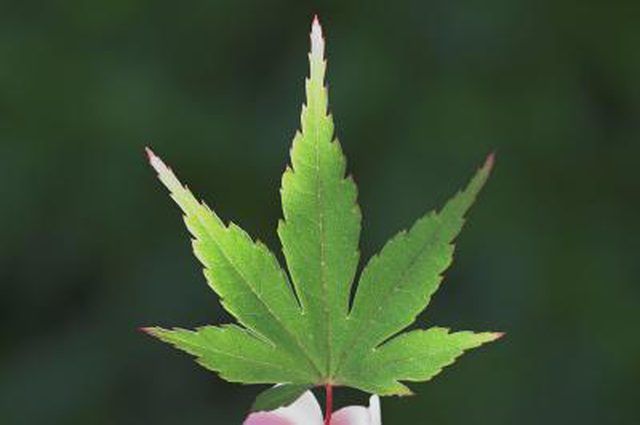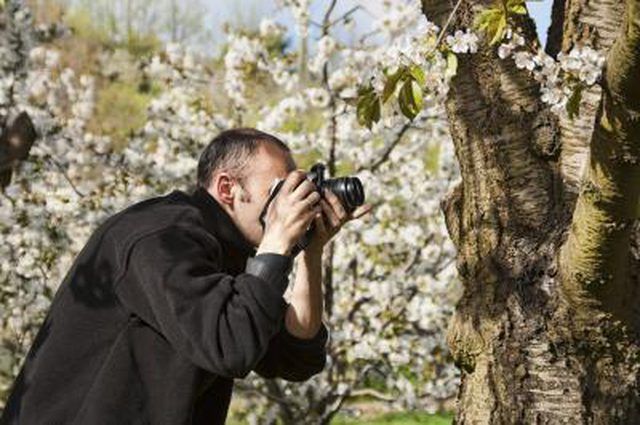Bulbs
Flower Basics
Flower Beds & Specialty Gardens
Flower Garden
Garden Furniture
Garden Gnomes
Garden Seeds
Garden Sheds
Garden Statues
Garden Tools & Supplies
Gardening Basics
Green & Organic
Groundcovers & Vines
Growing Annuals
Growing Basil
Growing Beans
Growing Berries
Growing Blueberries
Growing Cactus
Growing Corn
Growing Cotton
Growing Edibles
Growing Flowers
Growing Garlic
Growing Grapes
Growing Grass
Growing Herbs
Growing Jasmine
Growing Mint
Growing Mushrooms
Orchids
Growing Peanuts
Growing Perennials
Growing Plants
Growing Rosemary
Growing Roses
Growing Strawberries
Growing Sunflowers
Growing Thyme
Growing Tomatoes
Growing Tulips
Growing Vegetables
Herb Basics
Herb Garden
Indoor Growing
Landscaping Basics
Landscaping Patios
Landscaping Plants
Landscaping Shrubs
Landscaping Trees
Landscaping Walks & Pathways
Lawn Basics
Lawn Maintenance
Lawn Mowers
Lawn Ornaments
Lawn Planting
Lawn Tools
Outdoor Growing
Overall Landscape Planning
Pests, Weeds & Problems
Plant Basics
Rock Garden
Rose Garden
Shrubs
Soil
Specialty Gardens
Trees
Vegetable Garden
Yard Maintenance
Photo Identification of Trees
Photo Identification of Trees. You can identify a tree in a photograph if you look for certain characteristics. The primary clues in identification are the tree's habitat, leaves and bark.
You can identify a tree in a photograph if you look for certain characteristics. The primary clues in identification are the tree's habitat, leaves and bark.

Some trees grow in many different regions, but others grow in specific habitats. Field guides and online identification sites often ask for the location of the tree. At the Arbor Day Foundation website, you must choose between "Eastern and Central United States" and "Western United States" to start the identification process. If you are not sure where the tree grows, refer to a general field guide rather than a regional one.

The distinction between evergreen and deciduous is a major factor in identifying trees. Trees that keep their leaves all year are called evergreen. Some evergreen trees have slender leaves like needles, while others have leaves that resemble fish scales and are often on a thick stem. Trees that shed their leaves each year are called deciduous. Their leaves are thin, flat and attach to the stems individually.

Bark is the easiest part of a tree to examine since it is close to the ground and accessible all year, unlike leaves which may be missing during the winter. Compare the color and texture of the bark in the photograph to what you see in the field guide or online. According to the University of Florida Extension, bark is found "in many shades of white, gray, brown, red, purple, green, and yellow." Bark texture ranges from smooth to deeply furrowed and can be flaky or warty.
